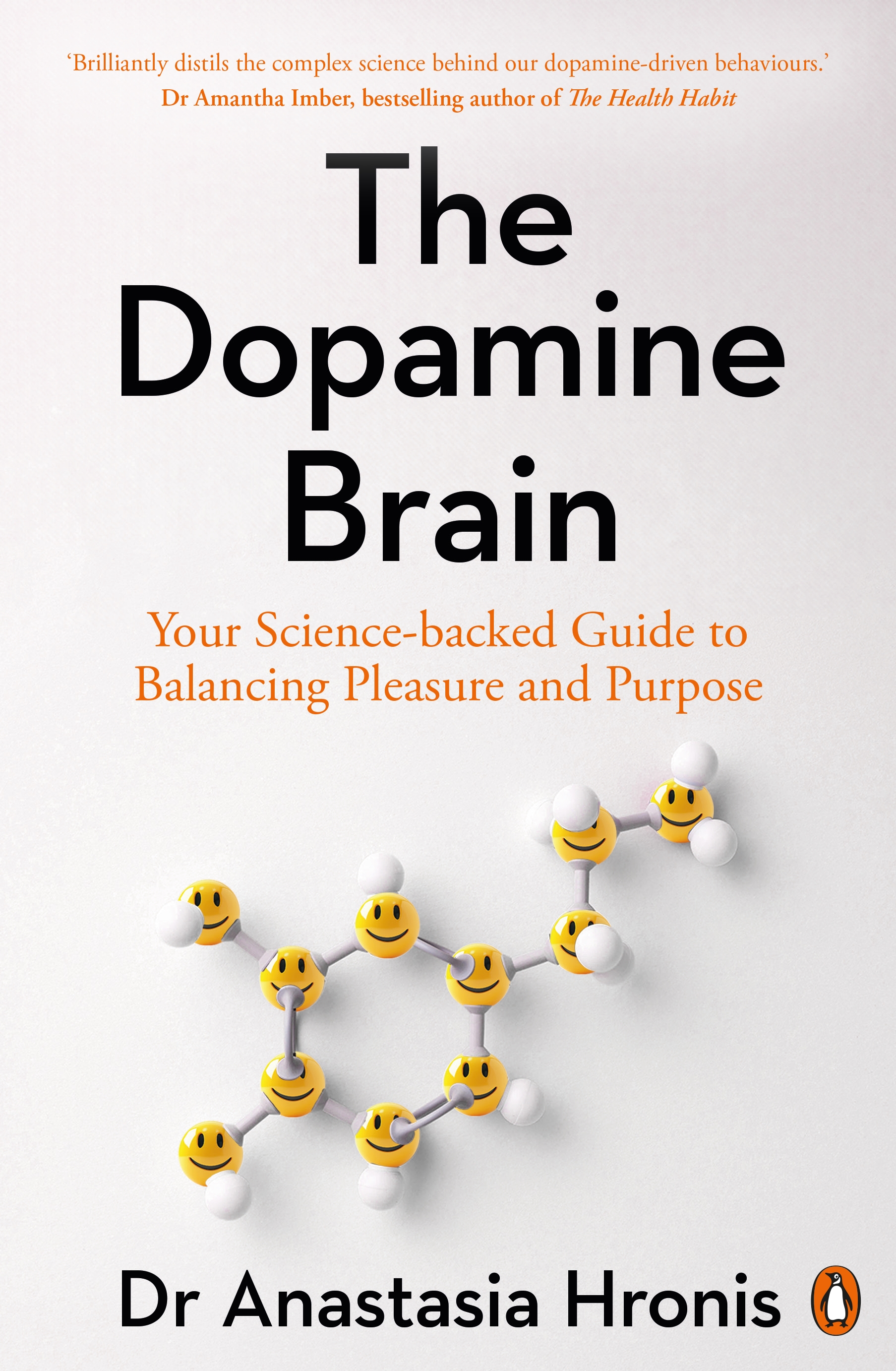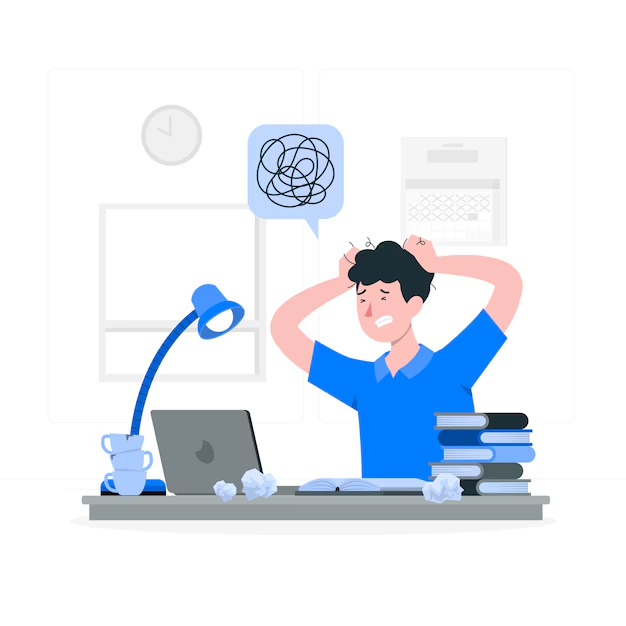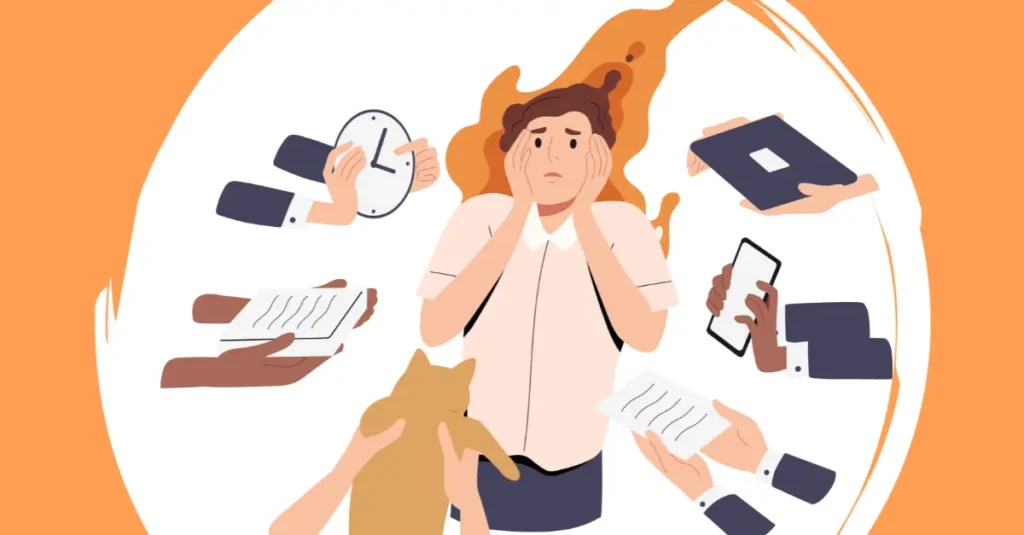Introduction
In an age of instant gratification, dopamine detox has emerged as a popular self-improvement trend. It claims to help individuals reset their brain’s reward system by reducing dependence on highly stimulating activities such as social media, video games, and junk food. Advocates argue that this practice improves focus, productivity, and overall well-being. But how effective is dopamine detox from a scientific standpoint?
Read More- Digital Detox
Understanding Dopamine and the Reward System
Dopamine is a neurotransmitter responsible for motivation, pleasure, and reinforcement learning (Schultz, 2016). It plays a crucial role in reward-seeking behavior, which can become problematic when overstimulated by modern distractions (Volkow et al., 2011). Activities such as scrolling through social media, binge-watching TV, and consuming processed foods flood the brain with dopamine, potentially leading to addictive behaviors (Hyman et al., 2006).
Concept of Dopamine Detox
Dopamine detox, also known as a “dopamine fast,” was popularized by Dr. Cameron Sepah, a psychologist who suggested abstaining from high-stimulus activities for a set period to reduce compulsive behaviors (Sepah, 2019). The core idea is that by temporarily avoiding overstimulation, individuals can regain control over their impulses and rewire their reward system.
Scientific Evidence Supporting Dopamine Detox
While no direct studies have been conducted on dopamine detox itself, research on behavior modification and neuroplasticity supports its principles:
- Neuroplasticity and Habit Formation: Reducing exposure to high-stimulus activities may help rewire neural pathways associated with compulsive behaviors (Lüscher & Malenka, 2011).
- Attention and Focus Improvement: A study by Lin et al. (2017) found that excessive digital consumption is linked to reduced attention spans, suggesting that abstaining from digital distractions could enhance cognitive function.
- Reduced Reward Sensitivity: Volkow et al. (2011) demonstrated that overstimulation of dopamine pathways in addiction leads to desensitization, reinforcing the argument that temporary abstinence may restore baseline dopamine sensitivity.

Practical Ways to Implement Dopamine Detox
For those interested in trying dopamine detox, here are some effective strategies-
- Identify High-Dopamine Triggers: Recognize activities that provide instant gratification, such as social media, video games, junk food, and excessive streaming.
- Set Clear Boundaries: Gradually reduce time spent on high-dopamine activities rather than quitting abruptly, making the transition smoother.
- Schedule Low-Dopamine Activities: Engage in alternatives like reading, journaling, meditating, exercising, or engaging in face-to-face conversations.
- Practice Digital Minimalism: Set phone-free hours, turn off unnecessary notifications, and avoid excessive screen time before bed.
- Establish Reward Delays: Instead of indulging in instant gratification, delay rewards by engaging in productive tasks first.
- Use the 24-Hour Rule: Dedicate one full day to completely disconnect from high-stimulus activities to reset your reward system.
- Create a Balanced Routine: Combine work, rest, and recreational activities to maintain a sustainable dopamine balance without complete deprivation.
Potential Limitations and Criticisms
Despite its growing popularity, dopamine detox has several limitations-
- Misconceptions About Dopamine: Some proponents mistakenly believe dopamine itself is harmful, rather than recognizing its essential role in motivation and survival (Berridge & Robinson, 1998).
- Lack of Long-term Studies: There is limited empirical research on the long-term effects of dopamine detox, making its effectiveness largely anecdotal.
- Individual Differences: The impact of dopamine detox may vary based on an individual’s neurological makeup, lifestyle, and pre-existing mental health conditions.
Conclusion
Dopamine detox, while not scientifically proven in isolation, aligns with established principles of behavior modification, neuroplasticity, and self-regulation. When implemented correctly, it may help individuals regain control over impulsive behaviors and improve focus. However, further empirical research is needed to validate its long-term effectiveness. As with any lifestyle change, moderation and balance remain key.
References
Berridge, K. C., & Robinson, T. E. (1998). What is the role of dopamine in reward: Hedonic impact, reward learning, or incentive salience? Brain Research Reviews, 28(3), 309-369.
Hyman, S. E., Malenka, R. C., & Nestler, E. J. (2006). Neural mechanisms of addiction: The role of reward-related learning and memory. Annual Review of Neuroscience, 29, 565-598.
Lin, L. Y., Sidani, J. E., Shensa, A., Radovic, A., Miller, E., Colditz, J. B., Hoffman, B. L., Giles, L. M., & Primack, B. A. (2017). Association between social media use and depression among U.S. young adults. Depression and Anxiety, 34(4), 323-331.
Lüscher, C., & Malenka, R. C. (2011). Drug-evoked synaptic plasticity in addiction: From molecular changes to circuit remodeling. Neuron, 69(4), 650-663.
Schultz, W. (2016). Dopamine reward prediction error coding. Dialogues in Clinical Neuroscience, 18(1), 23-32.
Sepah, C. (2019). Dopamine fasting: Misunderstood. Psychology Today.
Volkow, N. D., Wang, G. J., Tomasi, D., & Baler, R. D. (2011). The dopamine system in addiction. The American Journal of Psychiatry, 168(8), 815-827.
Subscribe to PsychUniverse
Get the latest updates and insights.
Join 3,022 other subscribers!
Niwlikar, B. A. (2025, March 21). Dopamine Detox and 7 Practical and Important Ways to Implement It. PsychUniverse. https://psychuniverse.com/dopamine-detox/



